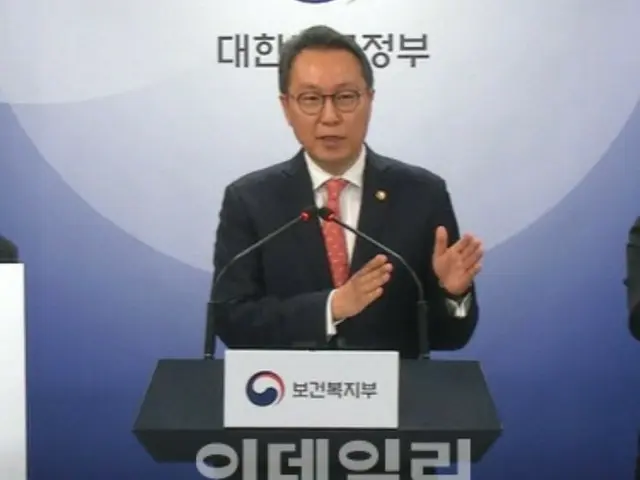give a life. On the 4th, the Ministry of Health and Welfare (equivalent to the Ministry of Health, Labor and Welfare) announced the ``Second National Health Insurance Comprehensive Plan,'' which includes the above-mentioned outline.
Up until now, healthy young people had to pay hundreds of thousands of won in health insurance premiums every month even though they did not go to the hospital.
I have been complaining about the system. In addition, the government will provide 10% of the insurance premiums paid in the previous year (up to 120,000 won per year) for people who visit the hospital less than once per quarter and have extremely low medical usage.
) will be returned as a "health voucher" that can be used at hospitals and pharmacies. The Ministry of Welfare will promote a pilot project targeting young people between the ages of 20 and 34, who use relatively little medical care, and then expand the program to include young people of all ages.
The plan is to expand the number of applicants. The scope of support for the ``Healthy Life Practice Support Fund'' will also be expanded. The Healthy Living Practice Support Fund is provided to patients with chronic diseases such as high blood pressure and diabetes to practice healthy living by themselves, such as walking.
Patient interaction allows you to earn up to 80,000 points per year for continued participation in disease management services provided by the clinic, which can be used at designated online shopping malls.
It's incentive. The government is considering easing the points award criteria and expanding the range of eligible diseases. The Ministry of Welfare will charge patients who use excessive medical care or medical treatment that is less necessary.
The plan is to increase the rate. The individual burden rate refers to the proportion of total medical costs that are directly borne by the patient, excluding costs supported by health insurance.
The government is already promoting a plan to increase the outpatient medical expense burden rate for those who receive more than 365 outpatient consultations per year from the usual 20% level to 90%.
However, in addition to this, we will also consider increasing the patient's burden rate if physical therapy is used at least once a day at one institution. Park Min-soo, second vice minister of the Ministry of Welfare, said, ``We plan to determine specific standards through internal discussions.''
” he explained.
2024/02/04 14:59 KST
Copyrights(C) Edaily wowkorea.jp 91

